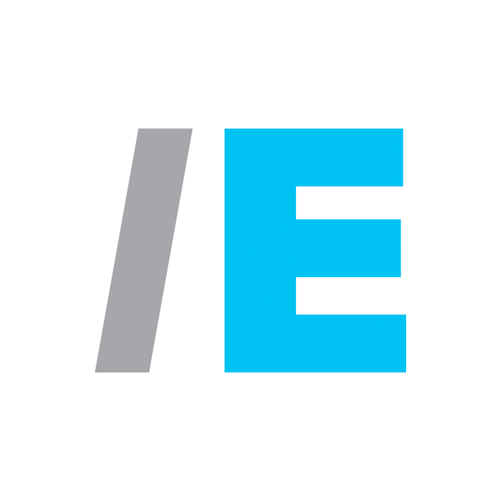Two and a half years have passed since all non-essential workers had to go remote basically overnight due to COVID-19. When asked about this “new normal,” James McGregor, Product Business Manager, Cisco Security, at TD SYNNEX, said, “[Now] businesses have time to plan and implement top-of-the-line solutions to accommodate workers who are going into the office, who are choosing to remain 100 percent remote, and who fall into a middle section of hybrid work. The bottom line is solutions are available out there to secure your workforce for all styles of work.” Although Cisco offers many great products to facilitate modern work, DUO and Umbrella are especially important when it comes to protecting companies. As distribution partners, sharing these solutions can help businesses maintain effective security in a hybrid environment.
Properly securing networks with the addition of remote work is no easy task. Remote work promises many advantages to employers, but it also creates new vulnerabilities. As employees move away from the office, they create the risk of connecting to an unsecured network; connecting to the public Wi-Fi at a coffee shop or even to the family’s shared network at home increases the likelihood of cyberattacks. Today, businesses that choose to remain in the office face the same dangers because they collaborate with and receive email attachments from outside sources who could be anywhere, connected to any network.
The cybercrime world is no stranger to nefarious actors’ intent on infiltrating systems, but it’s also important to remember that many cyberattacks are caused by simple human errors. “They often say with security the weakest link is humans, people involved in it all,” said Brent Gardner, Senior Solutions Architect at TD SYNNEX. A prime example exists with passwords. Even though people have been warned for years about reusing passwords, it remains a common practice.
Because of issues like this, Gardner stressed the importance of multi-factor authentication (MFA). With MFA, users have at least two different security verification factors in order to be granted access. Many people are familiar with MFA, even though they may not be familiar with the acronym; most bank apps require the person to log in with a password/face recognition, accompanied by a code that is sent through email or text.
DUO is an MFA tool that is helping workers who are remote or in the office keep their businesses secure. It allows users to connect and protect several assets, including email, banking accounts, VPNs, and applications under one log-in. The wide range of apps that DUO supports makes it a universal and adaptable tool across all systems, not just Cisco products.
Many distributors report frequently fielding questions about the value DUO adds in comparison to Microsoft’s MFA that’s included in the licensing for business products. According to Gardner, many people are initially excited about the free addition but discover quickly that it doesn’t enable admins to log in to all that they need to access. DUO, on the other hand, is “vendor agnostic” as Gardner described, and does connect with most of these apps.
To make it easier for users to verify access and receive security notifications, DUO sends push notifications through an app. As opposed to waiting for texts or an email, users immediately receive a push notification with information about what’s trying to be accessed and the location of the person trying to access it. They can then decide if the location and other provided information match theirs. They simply press a button to react accordingly to grant access or take action. With DUO, end users are guided to solutions and can often avoid tying up help desks or other resources.
Aside from MFA, domain name system (DNS) – layered security is also being used to protect data and networks that are now more dispersed. Cisco’s umbrella uses threat-hunting methods behind the scenes to identify malicious websites and block them from opening. It proactively stops the website from being accessed so the end user is protected from any threats. “Traditionally, people would use a type of proxy located at their corporate headquarters and go through and filter as much as the malicious content as possible,” explained Gardner
The reality is that in a hybrid environment, especially now with so many cloud-based technologies, companies are no longer tunneling everyone’s traffic back to the headquarters,” Gardner explained. This makes it vital to have a system that can keep an eye on what’s being accessed to prevent unsecured websites from causing harm to the network. Umbrella analyzes not only websites but also files that are being uploaded to ensure that users aren’t receiving malicious documents or files.
The progress made in keeping hybrid workforces secure has come a long way, but it is only just beginning. TD SYNNEX is helping set new standards and precedents with hybrid work by helping organizations navigate new challenges and educating them on how to enhance their processes. With new products being created and current products being enhanced to meet changing demands, TD SYNNEX distribution partners have access to support and assistance to learn about the products that are changing today’s workplaces.
TD SYNNEX partners can reach out to James McGregor for more information about demos, trials, and resources for keeping hybrid workforces secure here.
Author
-

The EDGE360 editorial team consists of Jackie Davis, Katherine Samiljan, and Jessica Nguyen. You can reach the team at EDGE360@gotostrategic.com.






